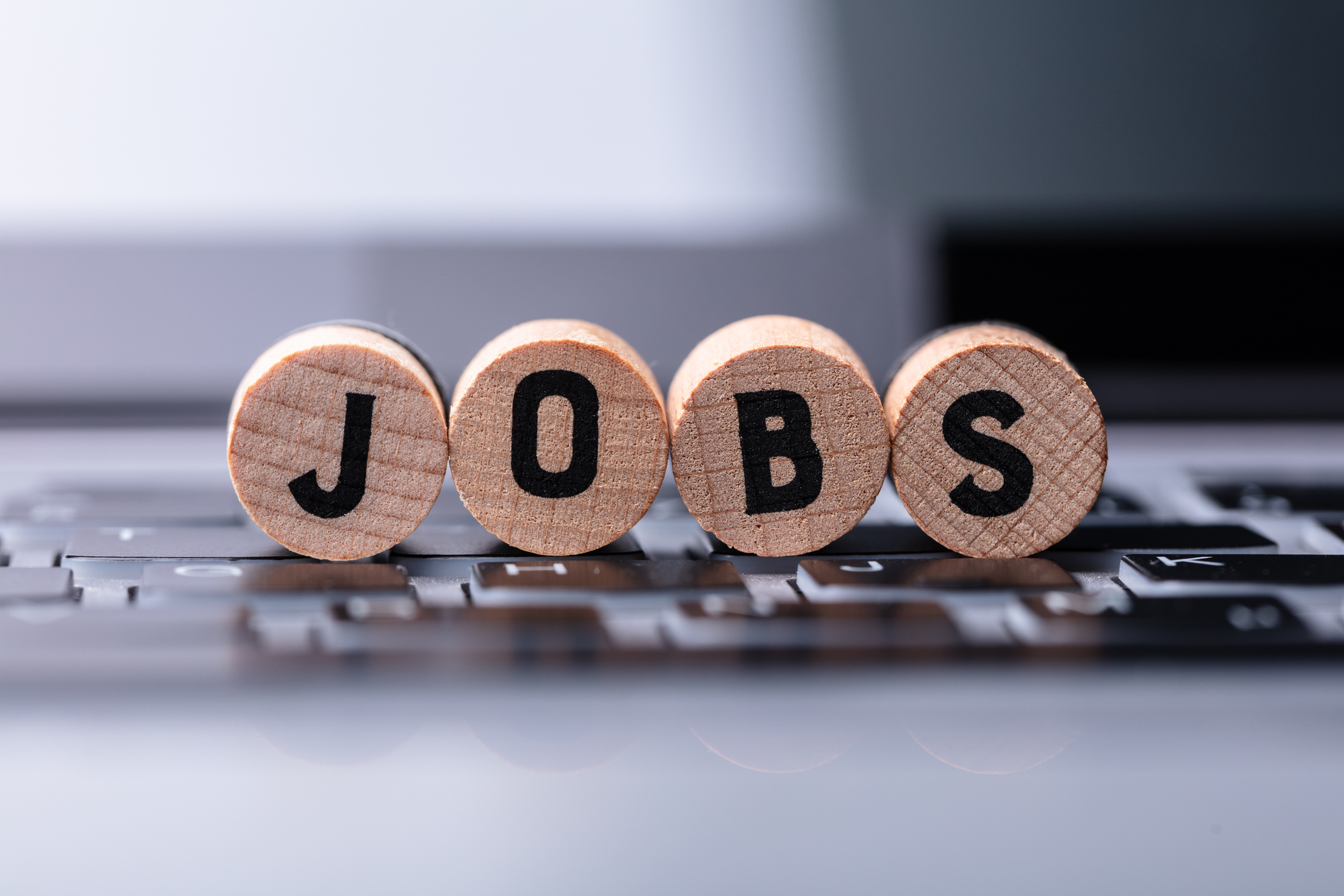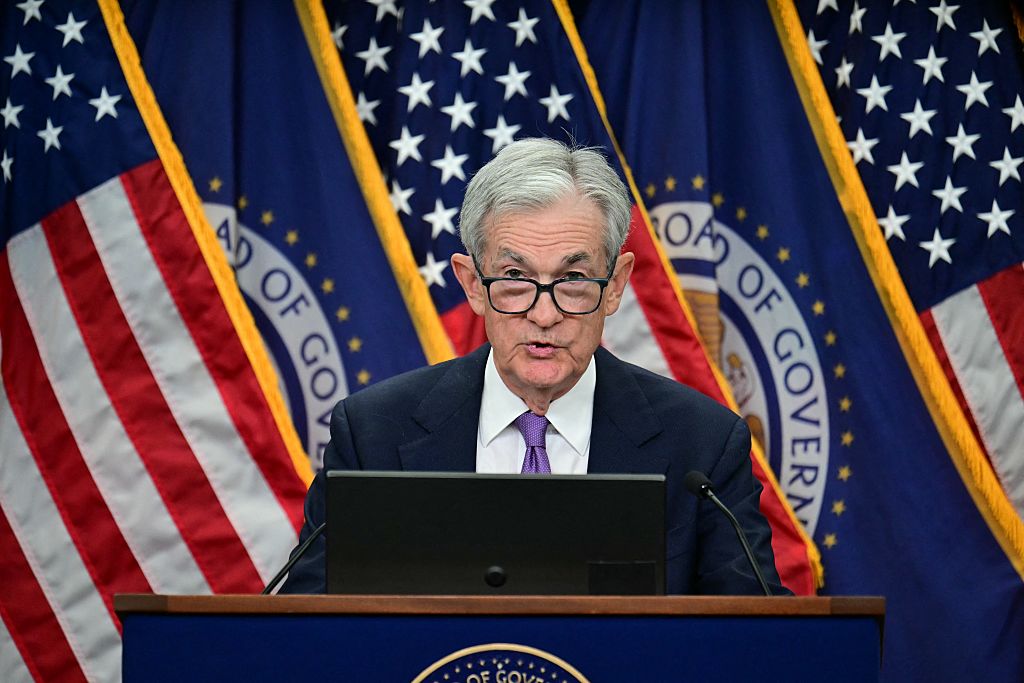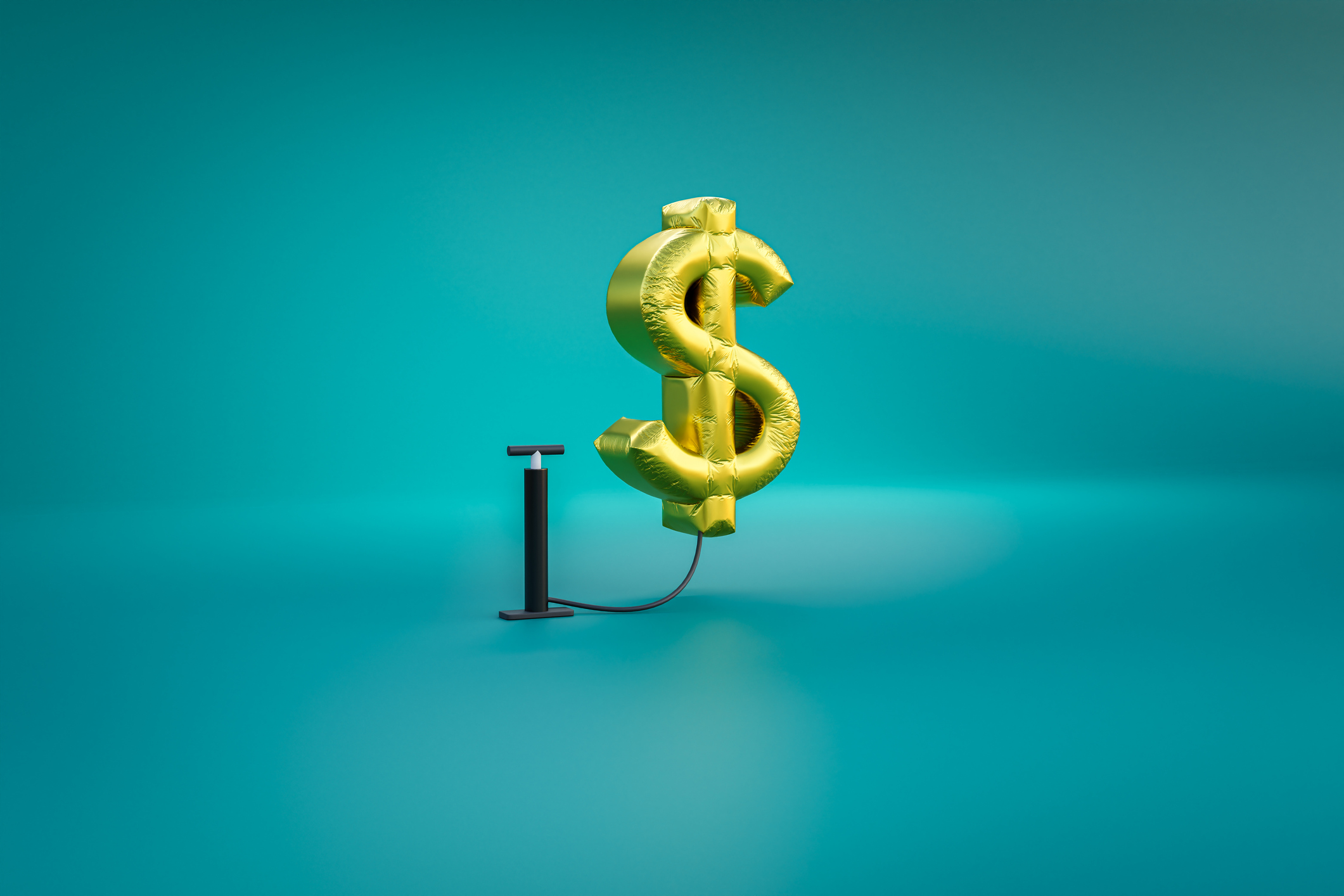The Era of Super-Low Interest Rates Could Be Over: The Kiplinger Letter
We’re likely never going back to the super-low interest rates that prevailed in late 2019 and early 2020.

To help you understand what is going on in the financial sector and what we expect to happen in the future, our highly experienced Kiplinger Letter team will keep you abreast of the latest developments and forecasts (Get a free issue of The Kiplinger Letter or subscribe). You'll get all the latest news first by subscribing, but we will publish many (but not all) of the forecasts a few days afterward online. Here’s the latest…
Now that the Federal Reserve has increased its rate by more than five percentage points and bond yields have recently climbed steeply, we hear a lot of talk about when interest rates are going to go back down “to normal.” Our view: They aren’t. This is a return to normal after 15 years of short-term rates near 0%.
The Fed may be about done hiking rates. But it won’t be slashing them again, the way it did repeatedly in the past two decades when recessions or financial crises hit. Markets have grown conditioned to nearly cost-free money whenever the economy gets into trouble. We think the Fed can no longer oblige. Lingering inflation, still smoldering now, could flare up again quickly if the Fed resorted to its recent instinct to cut deeply.
From just $107.88 $24.99 for Kiplinger Personal Finance
Become a smarter, better informed investor. Subscribe from just $107.88 $24.99, plus get up to 4 Special Issues

Sign up for Kiplinger’s Free Newsletters
Profit and prosper with the best of expert advice on investing, taxes, retirement, personal finance and more - straight to your e-mail.
Profit and prosper with the best of expert advice - straight to your e-mail.
Ditto for bond yields. Higher for longer is our outlook. While we don’t expect a repetition of the early 1980s, when yields shot above 10 percent, they’ll stay elevated for the foreseeable future. The benchmark 10-year Treasury, now yielding 4.9 percent, could eclipse 5% in the near term. It may slip a bit next year. But we won’t return to yields starting with a one or a two. Think 4% or more.
Note the many economic implications of this basic shift in financing costs:
- Savers can finally earn a decent return on cash, money market funds, etc.
- By extension, investors will feel less pressure to buy stocks. The old cliché that “there’s no alternative” to stocks no longer applies when cash earns 5 percent or more with no risk. So, there will be less pressure to buy stocks, especially speculative ones.
- Pension funds will be in better financial shape now that the available yields on safe instruments like Treasuries are so much higher than they’ve been in years.
- Annuities will offer better terms to compete with respectable interest rates.
Of course, higher rates hurt borrowers of all types. Homebuyers, especially. Today’s mortgage rates aren’t high by historical standards, but they are the highest in two decades. That, plus high prices, are leading many would-be buyers to give up.
Higher mortgage rates figure to keep a tight lid on home sales: 60% of folks with a mortgage locked into a rate below 4% in recent years. Many of them won’t want to sell their home and pay 7% on a new loan. Thus, a continuing dearth of listings.
Then there’s the biggest borrower of all — Washington. Higher bond yields make the Treasury’s mounting debt even more daunting. Just financing the debt is going to cost about $800 billion this fiscal year. Later this decade, over $1 trillion. Uncle Sam’s red ink will put the Fed in a bind. Does it cut interest rates to keep government financing costs bearable, and risk worse inflation in the future? It’ll resist calls to do so, but with no end to huge deficits in sight, the Fed may crack.
This forecast first appeared in The Kiplinger Letter, which has been running since 1923 and is a collection of concise weekly forecasts on business and economic trends, as well as what to expect from Washington, to help you understand what’s coming up to make the most of your investments and your money. Subscribe to The Kiplinger Letter.
Related Content
Profit and prosper with the best of Kiplinger's advice on investing, taxes, retirement, personal finance and much more. Delivered daily. Enter your email in the box and click Sign Me Up.

David is both staff economist and reporter for The Kiplinger Letter, overseeing Kiplinger forecasts for the U.S. and world economies. Previously, he was senior principal economist in the Center for Forecasting and Modeling at IHS/GlobalInsight, and an economist in the Chief Economist's Office of the U.S. Department of Commerce. David has co-written weekly reports on economic conditions since 1992, and has forecasted GDP and its components since 1995, beating the Blue Chip Indicators forecasts two-thirds of the time. David is a Certified Business Economist as recognized by the National Association for Business Economics. He has two master's degrees and is ABD in economics from the University of North Carolina at Chapel Hill.
-
 Nasdaq Sinks 418 Points as Tech Chills: Stock Market Today
Nasdaq Sinks 418 Points as Tech Chills: Stock Market TodayInvestors, traders and speculators are growing cooler to the AI revolution as winter approaches.
-
 23 Last-Minute Gifts That Still Arrive Before Christmas
23 Last-Minute Gifts That Still Arrive Before ChristmasScrambling to cross those last few names off your list? Here are 23 last-minute gifts that you can still get in time for Christmas.
-
 The Rule of Compounding: Why Time Is an Investor's Best Friend
The Rule of Compounding: Why Time Is an Investor's Best FriendDescribed as both a "miracle" and a "wonder," compound interest is simply a function of time.
-
 The Delayed November Jobs Report Is Out. Here's What It Means for the Fed and Rate Cuts
The Delayed November Jobs Report Is Out. Here's What It Means for the Fed and Rate CutsThe November jobs report came in higher than expected, although it still shows plenty of signs of weakness in the labor market.
-
 What to Expect from the Global Economy in 2026
What to Expect from the Global Economy in 2026The Kiplinger Letter Economic growth across the globe will be highly uneven, with some major economies accelerating while others hit the brakes.
-
 December Fed Meeting: Updates and Commentary
December Fed Meeting: Updates and CommentaryThe December Fed meeting is one of the last key economic events of 2025, with Wall Street closely watching what Chair Powell & Co. will do about interest rates.
-
 The Delayed September Jobs Report Is Out. Here's What It Means for the Fed
The Delayed September Jobs Report Is Out. Here's What It Means for the FedThe September jobs report came in much higher than expected, lowering expectations for a December rate cut.
-
 Shoppers Hit the Brakes on EV Purchases After Tax Credits Expire
Shoppers Hit the Brakes on EV Purchases After Tax Credits ExpireThe Letter Electric cars are here to stay, but they'll have to compete harder to get shoppers interested without the federal tax credit.
-
 October Fed Meeting: Updates and Commentary
October Fed Meeting: Updates and CommentaryThe October Fed meeting is a key economic event, with Wall Street turned into what Fed Chair Powell & Co. did about interest rates.
-
 The Delayed September CPI Report is Out. Here's What it Signals for the Fed.
The Delayed September CPI Report is Out. Here's What it Signals for the Fed.The September CPI report showed that inflation remains tame – and all but confirms another rate cut from the Fed.
-
 The Economy on a Knife's Edge
The Economy on a Knife's EdgeThe Letter GDP is growing, but employers have all but stopped hiring as they watch how the trade war plays out.